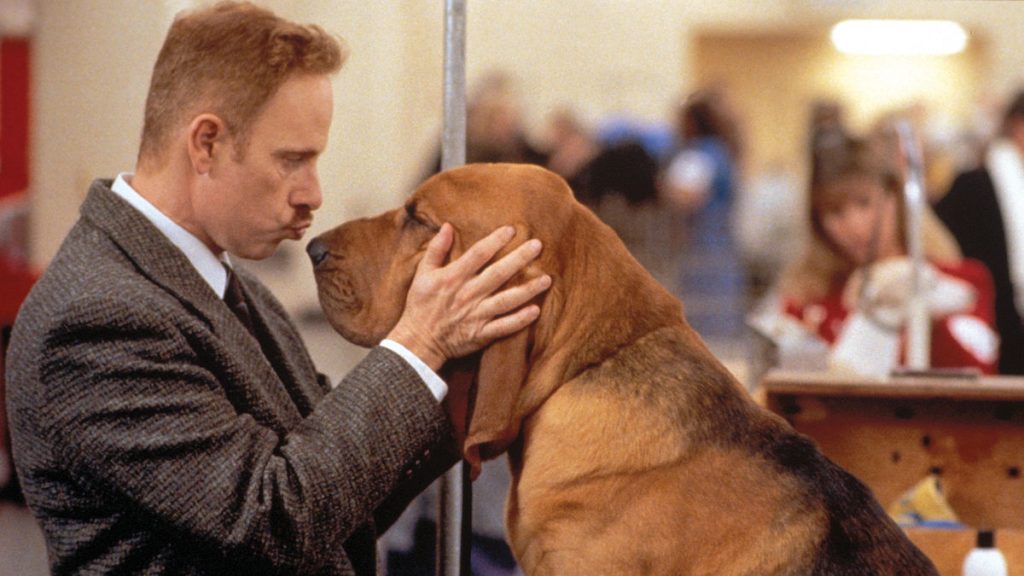Want to feel patriotic this Independence Day? Queue up Brian De Palma’s masterpiece Blow Out — and prepare to watch those warm, fuzzy emotions evaporate.
One of cinema’s strongest indictments of the American Dream, the writer/director’s 1981 political thriller dredges up what were then still fresh memories of the JFK assassination, Chappaquiddick, and Watergate, and blends them into an intoxicating piece of entertainment that implores viewers to never forget the crimes perpetrated by those who think they’re above the law.
Those unhealed wounds are reopened by iconoclastic takes on patriotism’s many forms, amplified by the ideal setting of De Palma’s native Philadelphia. This cradle of American history feels more appropriate than Washington, D.C., or New York City, both of which have developed their own unique modern identities while the Pennsylvania metropolis remains more rooted in the past. As such, it’s a fitting spot for idealistic values to get shaken loose — a rude awakening that proves extra potent when experienced by our stand-in for the conscious modern American: sound man Jack Terri (John Travolta).
Coming off a decade of empty promises that failed to materialize after the progressive 1960s — plus the forced patriotism of the 1976 bicentennial — and with the nation back under the governance of Nixon’s Republicans after the Carter administration’s short-lived revival of hope, Jack is a man adrift in a country at odds with itself.
While viewers see themselves in this guilt-ridden do-gooder, other key characters with avatars in recent history elicit memories and emotions that De Palma uses to further his themes of hopelessness in the face of widespread corruption. Among them is Gov. McRyan (John Hoffmeister), the presumed presidential front-runner in the upcoming election, whose widespread popularity and status as a symbol for hope rivals that of a Kennedy. But there’s also loose-cannon operative Burke (John Lithgow), reminiscent of resourceful nut-jobs like Nixon’s “White House Plumbers,” E. Howard Hunt and G. Gordon Liddy, if they had a murderous streak.
When Jack happens to witness the car crash that claims McRyan’s life, then has his own safety and credibility threatened when he attempts to prove that the incident was no accident, De Palma offers some hope — and perhaps a bit of self-promotion, well-deserved though it may be — regarding the merits of filmmaking.
Working at the height of his powers, the director pulls out all of his signature visual tricks, including split diopter shots of wildlife and other sound sources as Jack is out getting field recordings before the crash; split-screens in the sound editing room as our hero zeroes in on the section of his tape with the car sounds; and lush close-ups of the film studio animation room’s equipment, as well as the meticulous process as Jack cuts out each frame from images of the incident printed in a magazine and photographs them to make a rudimentary movie.

In showing that the incriminating evidence in a conspiracy can be boiled down to the same components used to make movies, De Palma conveys filmmaking’s potential for good, even predicting its future. Though he may not have imagined vigilant citizens using smart phones to record police brutality four-plus decades later, he very much posits audio and visual technology as a democratic form of holding institutions accountable. If tools employed for one of Jack’s scuzzy exploitation flicks can be used to make those in power quiver, perhaps the art form is more than mere frivolity.
But as Jack’s efforts are thwarted and the city shifts its attention to the upcoming (fictional) Liberty Day celebrations, De Palma turns his camera on the patriotic celebrations, emphasizing their emptiness when the entity being feted is corrupt and untrustworthy. Rarely have American flags, fireworks, and even the goddamn Liberty Bell felt so threatening, yet through legendary cinematographer Vilmos Zsigmond’s lens, they produce a sense of revulsion and anger at how far the nation has fallen.
The Liberty Day parade proves similarly frustrating as the throngs of Philadelphians ignorant of what really happened to McRyan innocently revel in the city’s streets. In a fit of revenge on these sheep, De Palma sends Jack barreling through the procession in his Jeep, wreaking havoc on the way to some very important business.
When the threat of actually injuring someone arises, Jack swerves and accidentally smashes through the glass window of a store’s “Liberty or Death” display in slow-motion, ruining the afternoon for a trio of mannequins decked in Revolutionary War garb. Despite the absence of words, the jarring call for mindless patriots to think about what they’re truly honoring is as impactful as Laurence Fishburne’s Dap Dunlap at the end of Spike Lee’s School Daze imploring all who can hear to “Wake up!!!”
However, De Palma saves his most bitter note for last, as Blow Out comes full circle with one of the most cynical endings in film — and one that again shows the power of moviemaking’s tools, even when that power is only felt by one person. In this final scene, Jack has been rendered a broken man, and De Palma wants viewers to know that a broken country is responsible.
Now, go enjoy your hot-dog-eating contests and fireworks shows.
“Blow Out” is streaming on Amazon Prime, the Criterion Channel, Tubi, PlutoTV, and Hoopla.



